Complete Solutions to Level-5 of chapter ALKYNES of Class 11 book with complete answers and questions
| Class 11 | CHEMISTRY |
| Chapter | ALKYNES |
| NARAYANA | Level-5 |
| Number Of Questions | 54 |
| Academic Year | 2023-24 |
When propyne is treated with aqueous `H_(2)SO_(4)` in presence of `HgSO_(4)`, the major product is
View SolutionWhich of the following reacts with ammonical `AgNO_(3)` solution.
View SolutionIn the reaction
`Ph-C-=C-CH_(3)underset(HgSO_(4))overset(H_(3)O^(+))toA,` A is
View Solution2-Butyne which treated with lithium I presence of liquid ammonia gives
View SolutionIn the following sequence of reactions the products D is
`C-=CH overset(HBr)toAoverset(HBr)toBoverset(alcKOH)toCoverset(NaNH_(2))toD`. D is
View SolutionAcidic hydrogen is present in:
View SolutionWhich is the most suitable reagent among the following to distinguish compound (iii) from the rest of the compounds
i. `CH_(3)-C-=C-CH_(3)`
ii. `CH_(2)-CH_(2)-CH_(2)-CH_(3)`
iii. `CH_(3)-CH_(2)-C-=CH`
iv. `CH_(3)-CH=CH_(2)`
View SolutionThe reagent(s) for the following conversion

is/are:
View SolutionThe compound `1,2-`butadiene has `:`
View SolutionIn the reaction:
`H_(2)C=CH-CH=CH_(2)underset(180^(@)C)overset(Br_(2))to[X]`, [X] will be
View SolutionOzonolysis of `CH_(3)—CH=C=CH_(2)` will give
View SolutionWhich of the following is cummulative diene?
View SolutionArrange the compounds (1),(2) and (3) in their decreasing order of stability:
`underset((1))(H_(2)C=C=CH_(2))` `underset((2))(H_(2)C=CH-CH_(2)-CH=CH_(2))` `underset((3))(H_(2)C=CH-CH=CH_(2))`
View SolutionWhich of the following will yield a mixture of 2-chlorobutene and 3-chlorobutene on treatment with HCl?
View SolutionWhich of the following statements regarding 1,2- or 1,4- conjugate addition of HBr to 1,3-butadiene is false?
View Solution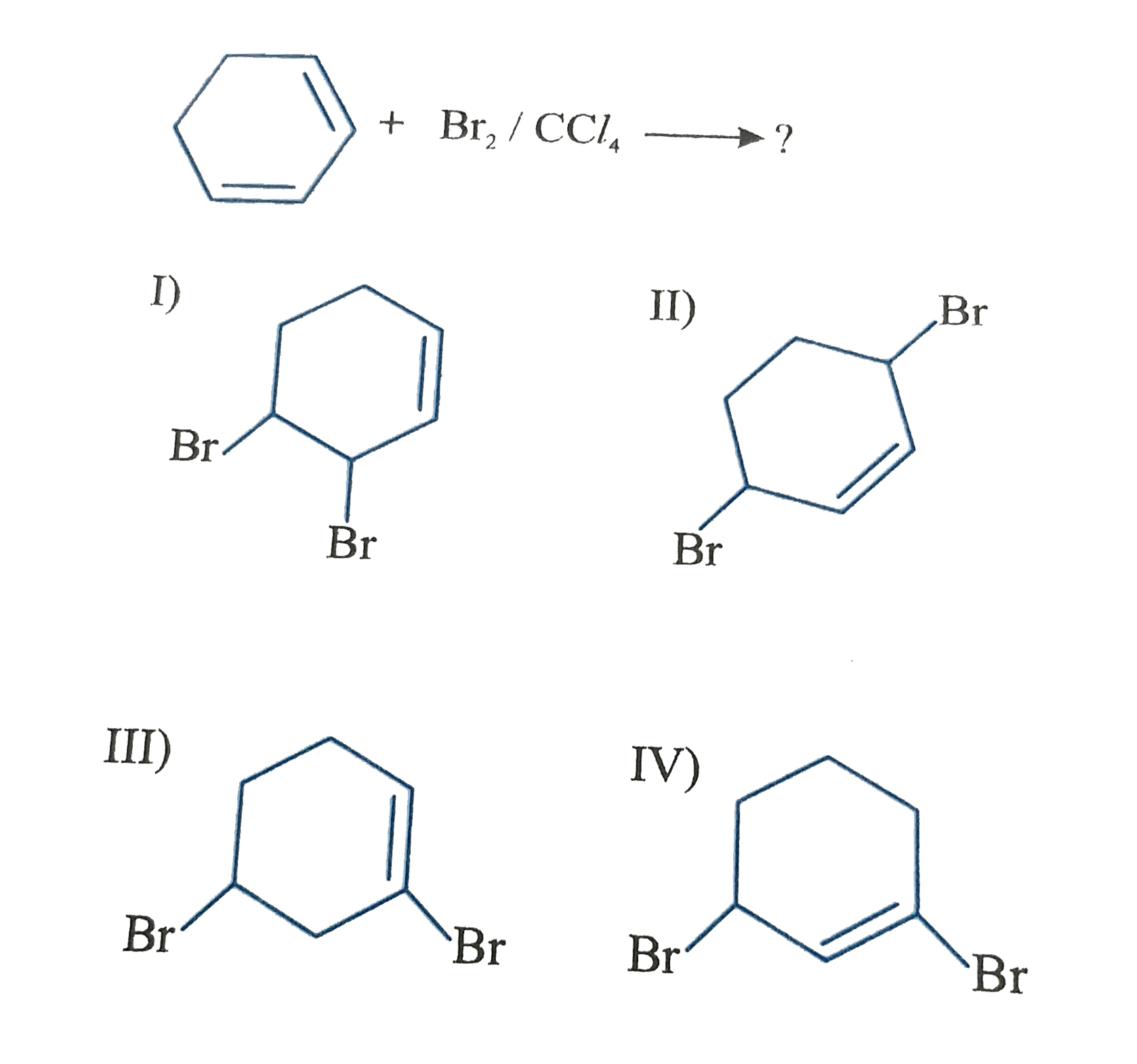
What is/are the product(s) from the following reaction?
View Solution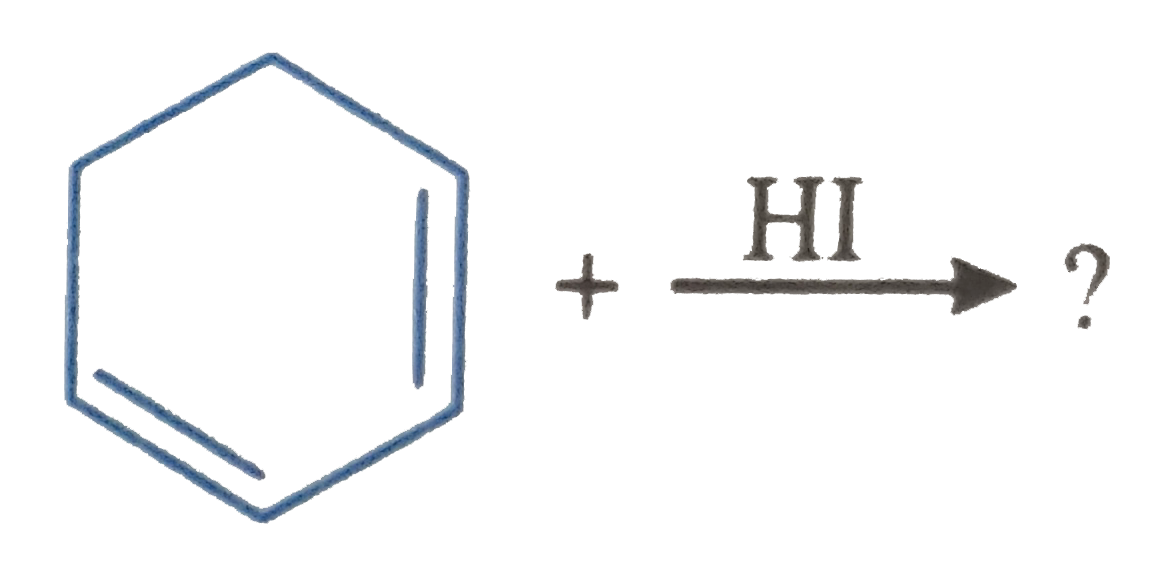
Which of the following is/are the major product(s) of the following reaction?
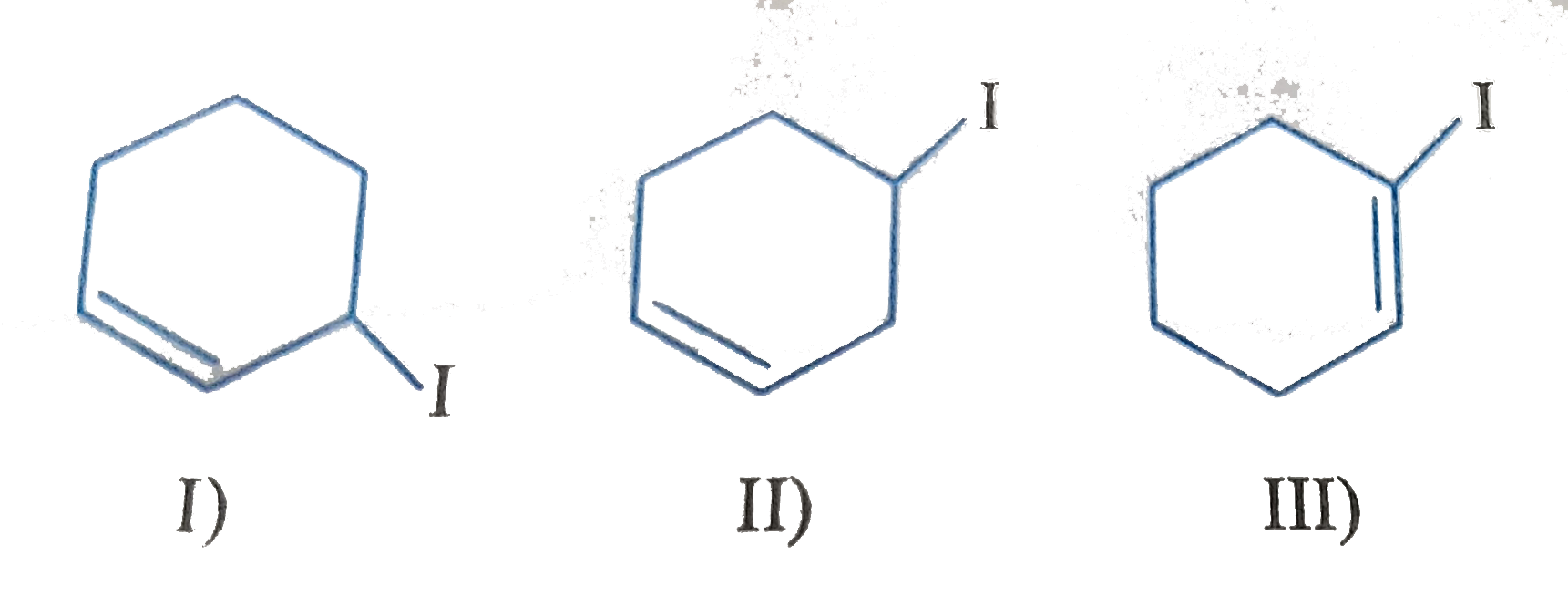
View SolutionWhat is the kinetic product for the following reaction?
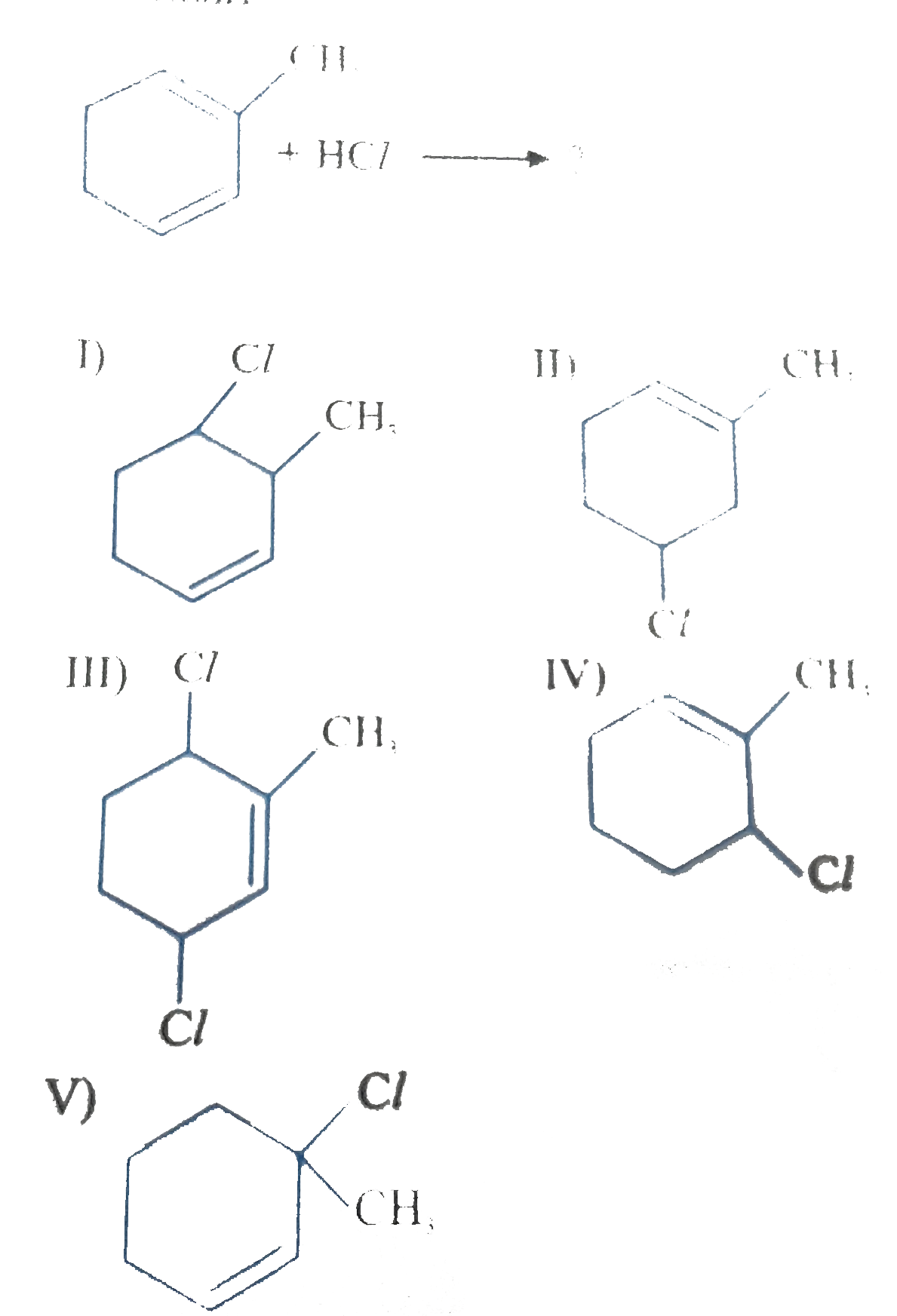
View Solution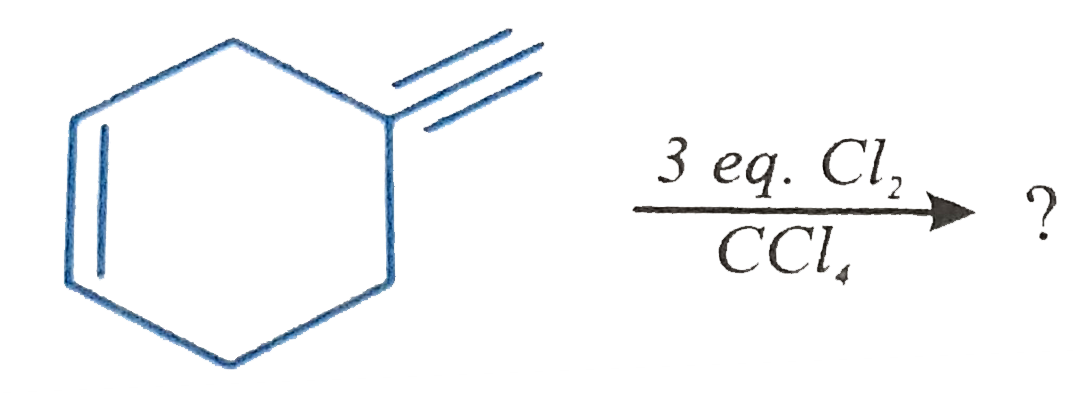
What is the product of the following reaction?
View SolutionWhat is the product of the following reaction?
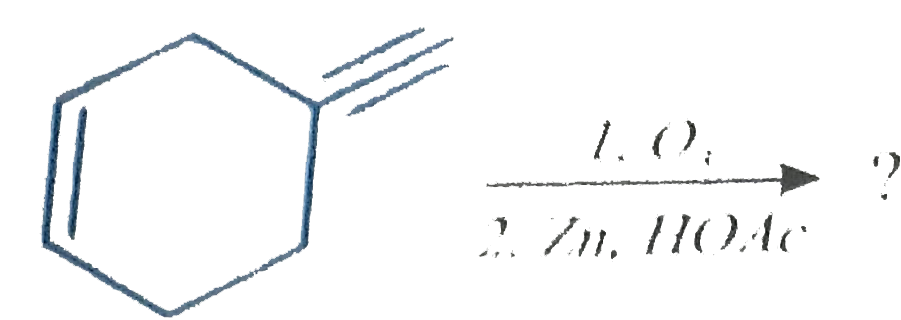
View Solution`Ph-C-=C-Meoverset(20%D_(2)SO_(4)" in "D_(2)O //Hg^(+ +))to(P)`
Principal organic product is.
View Solution Major product.
Major product.
View Solution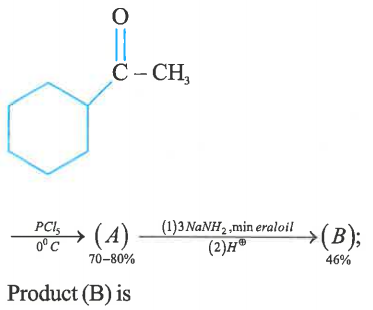
Product (B) is
View Solution
Product (A) is
View Solution
Product (K) of the above reaction is:
View Solution , This conversion can be achieved by:
, This conversion can be achieved by:
View Solution`Ph-C-=Choverset(MeO^(-))underset(MeOH)(to)` Major product of the reaction is:
View Solution`Ph-overset(Cl)overset(|)underset(Cl)underset(|)(C)-CH_(3)overset(3NaNH_(2))(to)underset("product")((A))` , Product (A) is :
View Solution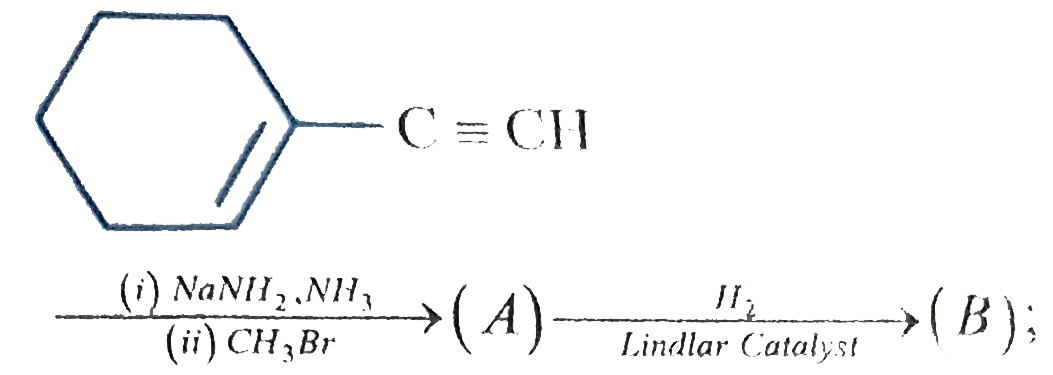
Product (B) is
View SolutionWhat is the final product, C, of the following reaction sequence?
`CH_(3)-CH_(2)-C-=C-Hunderset((ii).CH_(3)CH_(2)Br)overset((i)NaNH_(2))toA`
`Aoverset(Na,NH_(3)(liq.))toB`
`Bunderset(CH_(2)Cl_(2))overset(Br_(2))toC`
View Solution
Compound X will be
View SolutionMatch the following columns

View SolutionOne mole of 1,2-dibromopropane on treatment with X moles of `NaNH_(2)` followed by treatment with ethyl bromide gave a pentyne. The value of X is:
View Solution`CH_(3)-C-=C-CH_(3)overset("Cold " KMnO_(4))(to)(A)`
Product (A) is :
View SolutionIn which reaction last production is `Ph-C-=CH`?
View SolutionPredict the product of the following reaction sequence:
Ethyne `overset("(1) Excess " NaNH_(2))underset({:((2) "excess" 1-CH_(2)-(CH_(2))_(2)-CH_(3)),((3) H^(o+)):})to`
View Solution`underset((A))(C_(4)H_(6))underset(Pd//BaSO_(4))overset(H_(2))tounderset((B))(C_(4)H_(8))overset(O_(3),H_(2)O)to2CH_(3)COOH`
which of the following does not represent compound A & B correctly
View SolutionWhich of the following on reductive ozonolysis give only glyoxal?
View SolutionWhich of the following reduces 2-butyne into cis-2-butene.
View Solution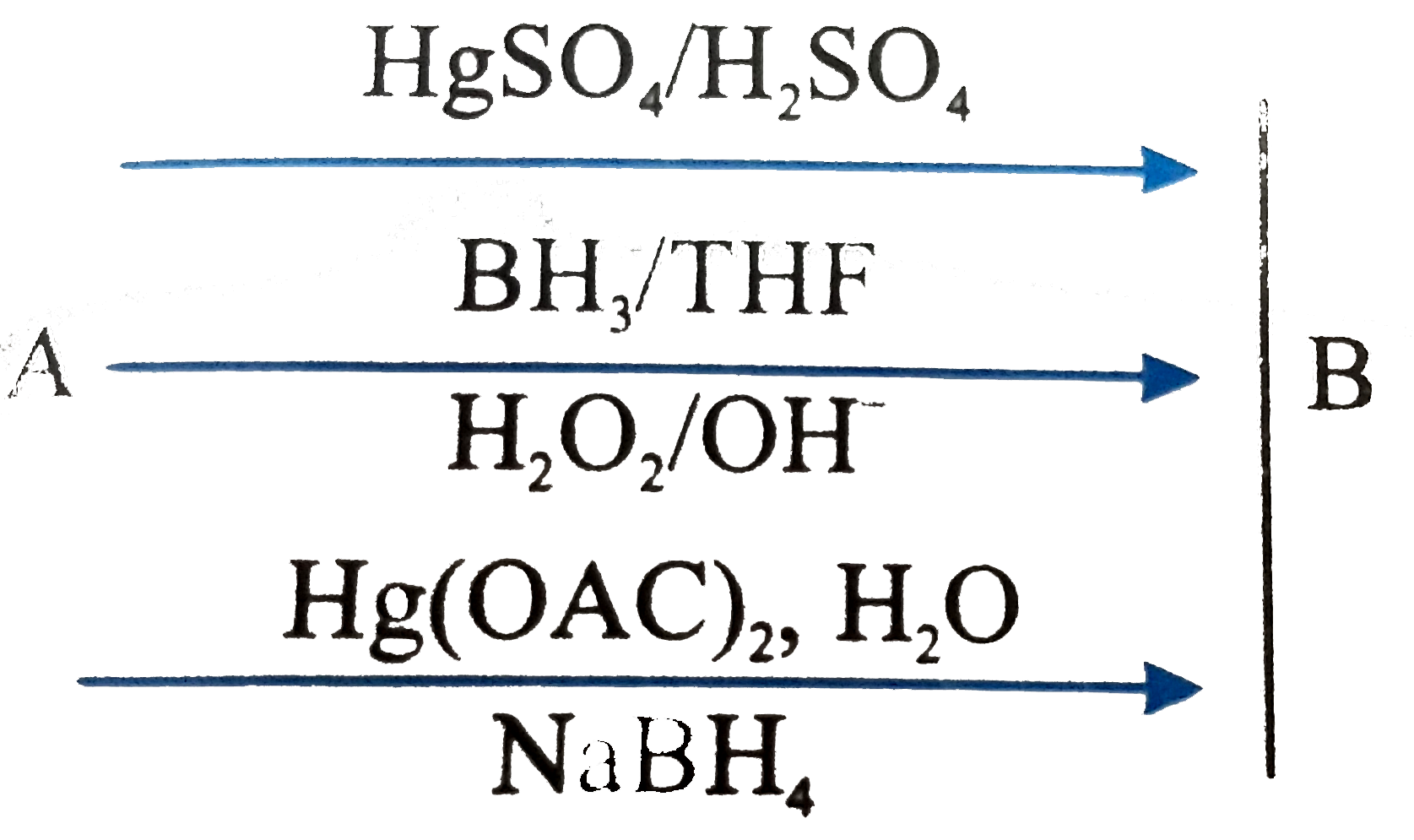
B is identical when A is
View SolutionAmmonical silver nitrate reacts with
View SolutionWhich of the following statement are correct:
View SolutionWhich is/are true statement/reactions?
View SolutionWhich gases are poisonous?
View SolutionIn the following sequence of reactions, products (A) to (H) are formed:
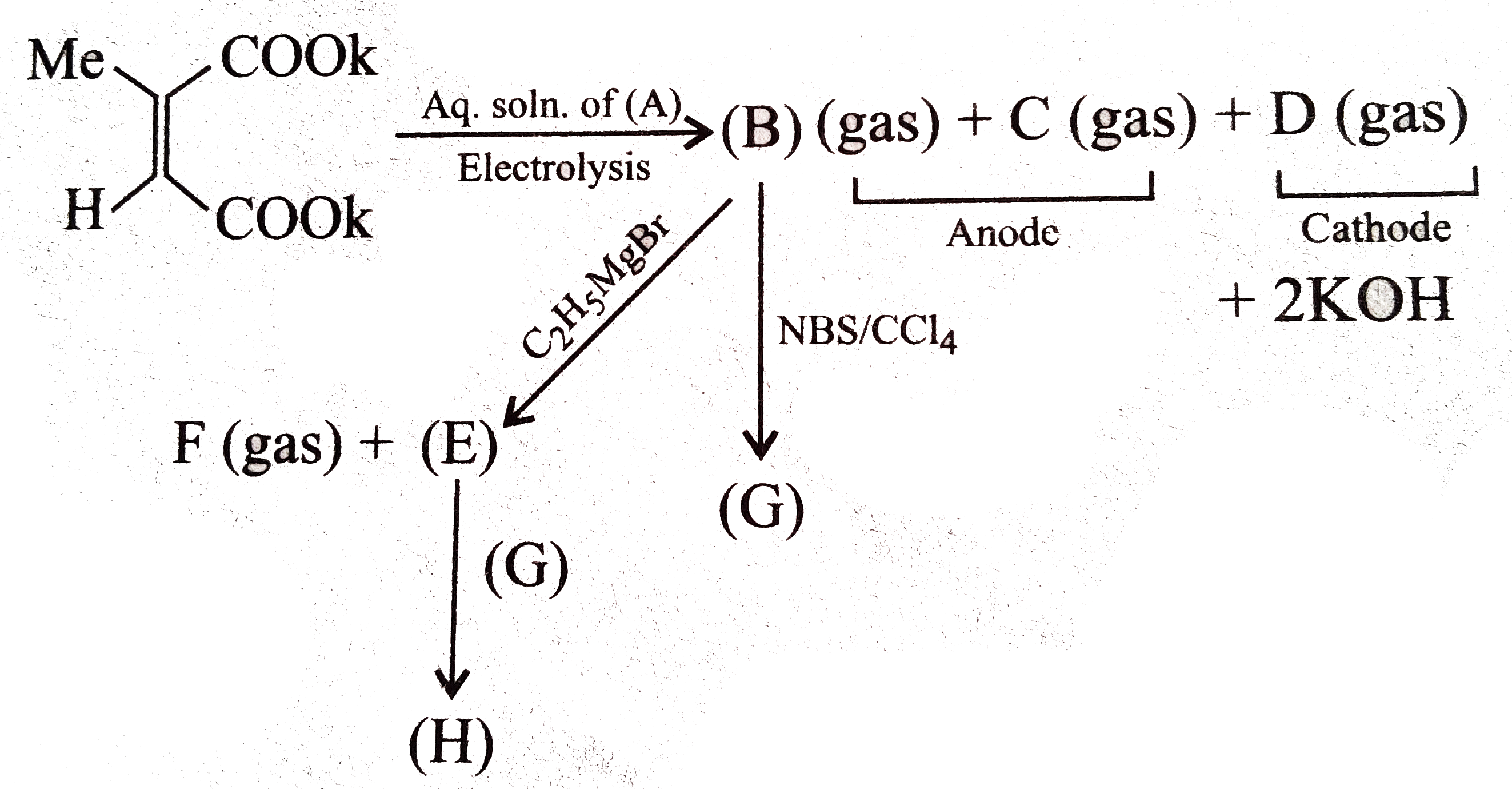
The gases (B), (C), and (D), respectively, are:
View SolutionIn the following sequence of reactions products (A) to (H) are formed.
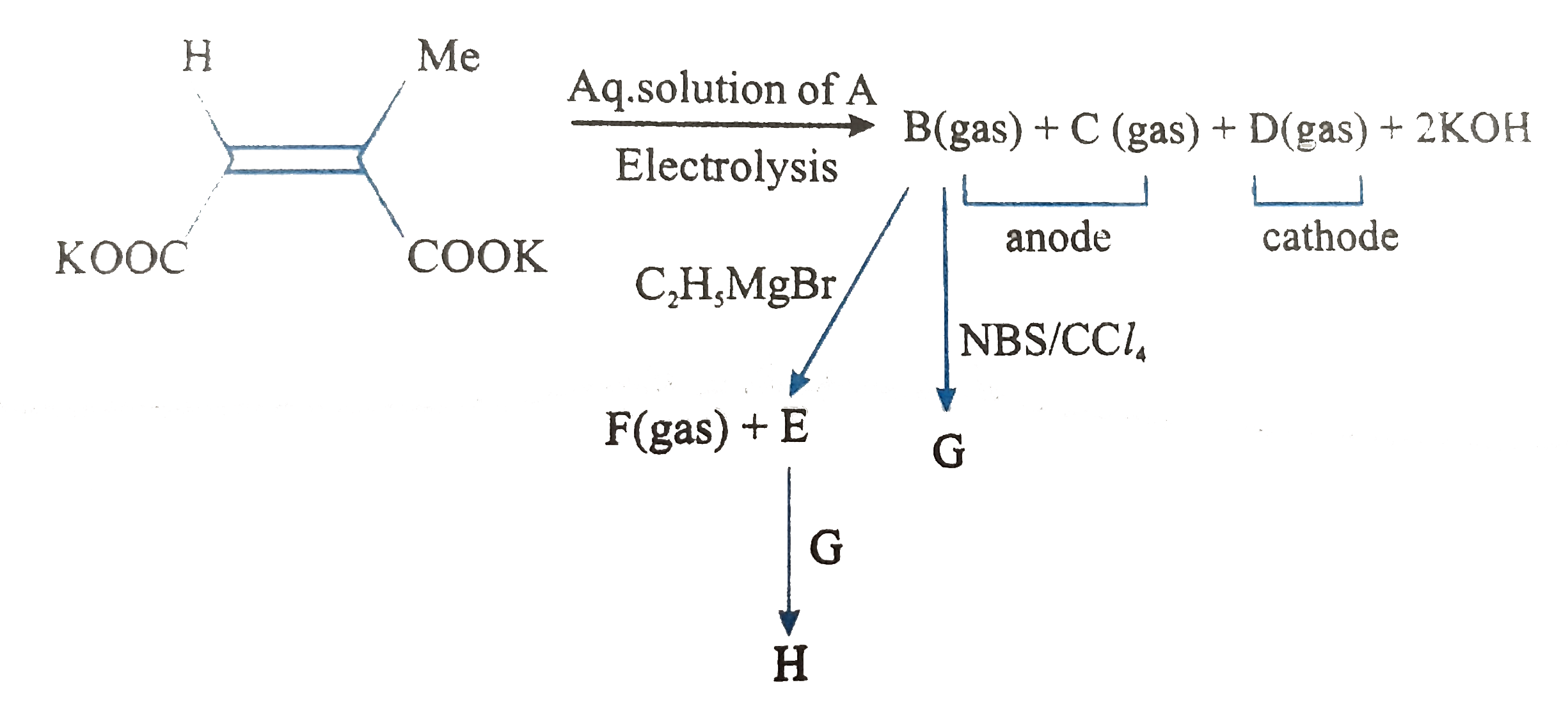
Q. Compound G is
View SolutionIn the following sequence of reactions products (A) to (H) are formed.

Q. Compound F is
View SolutionIn the following sequence of reactions, the products (A) to (G) are formed:
i. `2CH_4(g)overset(Delta)underset(1773K)rarr(A)(g)+B(g)`
ii. `4 mol of (A) overset(Delta)underset(Ni(CN)_4+THF)rarr(C)overset(O_3//o x id.)rarr(D) only`
iii. `(A)overset((1) 1 mol of NaNH_2)underset((2) C_2H_5I)rarr(E)underset(Red hot tube)overset(3 mol of E)rarrunderset((G) only)underset(darr O_3//Red.)F`
Compounds (A) and (B), respectively, are:
View SolutionIn the following sequence of reactions the products A to G are formed:
(i). `2CH_(4)(g)underset(1773K)overset(Delta)toA(g)+B(g)`
(ii). 4 moles of `Aunderset(Ni(CN)_(4)+THF)overset(Delta)tooverset(O_(3)//"oxidation")toD` only
(iii). `Aunderset(C_(2)H_(3)I)overset("1 mole of "NaNH_(2))toEunderset("Red hot tube")overset(3" mole of E")toFoverset(O_(3)//"reductive")toG` only
Q. Compound C is:
View SolutionIn the following sequence of reactions the products A to G are formed:
(i). `2CH_(4)(g)underset(1773K)overset(Delta)toA(g)+B(g)`
(ii). 4 moles of `Aunderset(Ni(CN)_(4)+THF)overset(Delta)tooverset(O_(3)//"oxidation")toD` only
(iii). `Aunderset(C_(2)H_(3)I)overset("1 mole of "NaNH_(2))toEunderset("Red hot tube")overset(3" mole of E")toFoverset(O_(3)//"reductive")toG` only
Q. Compound G is
View SolutionMatch the column
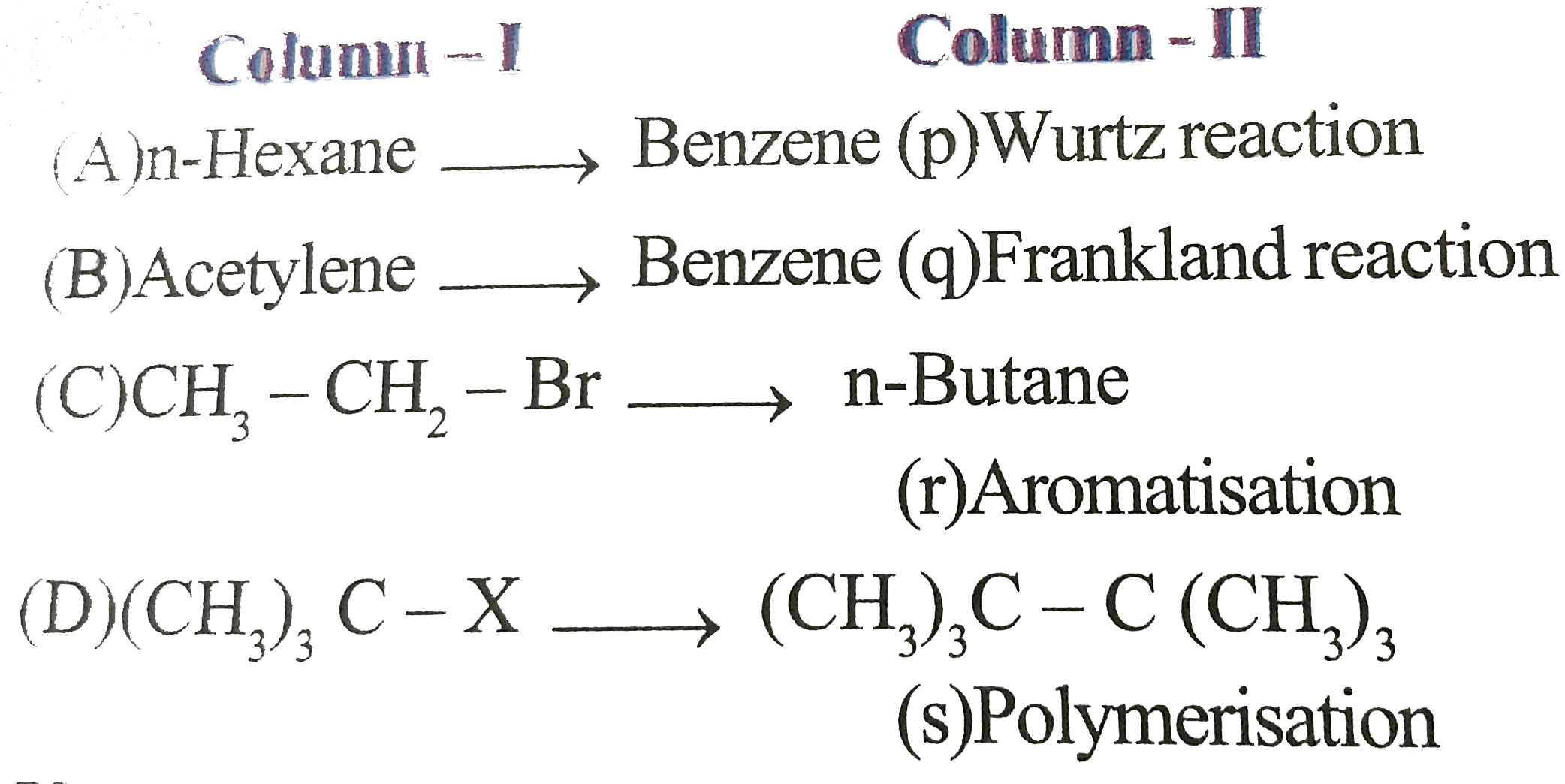
View Solution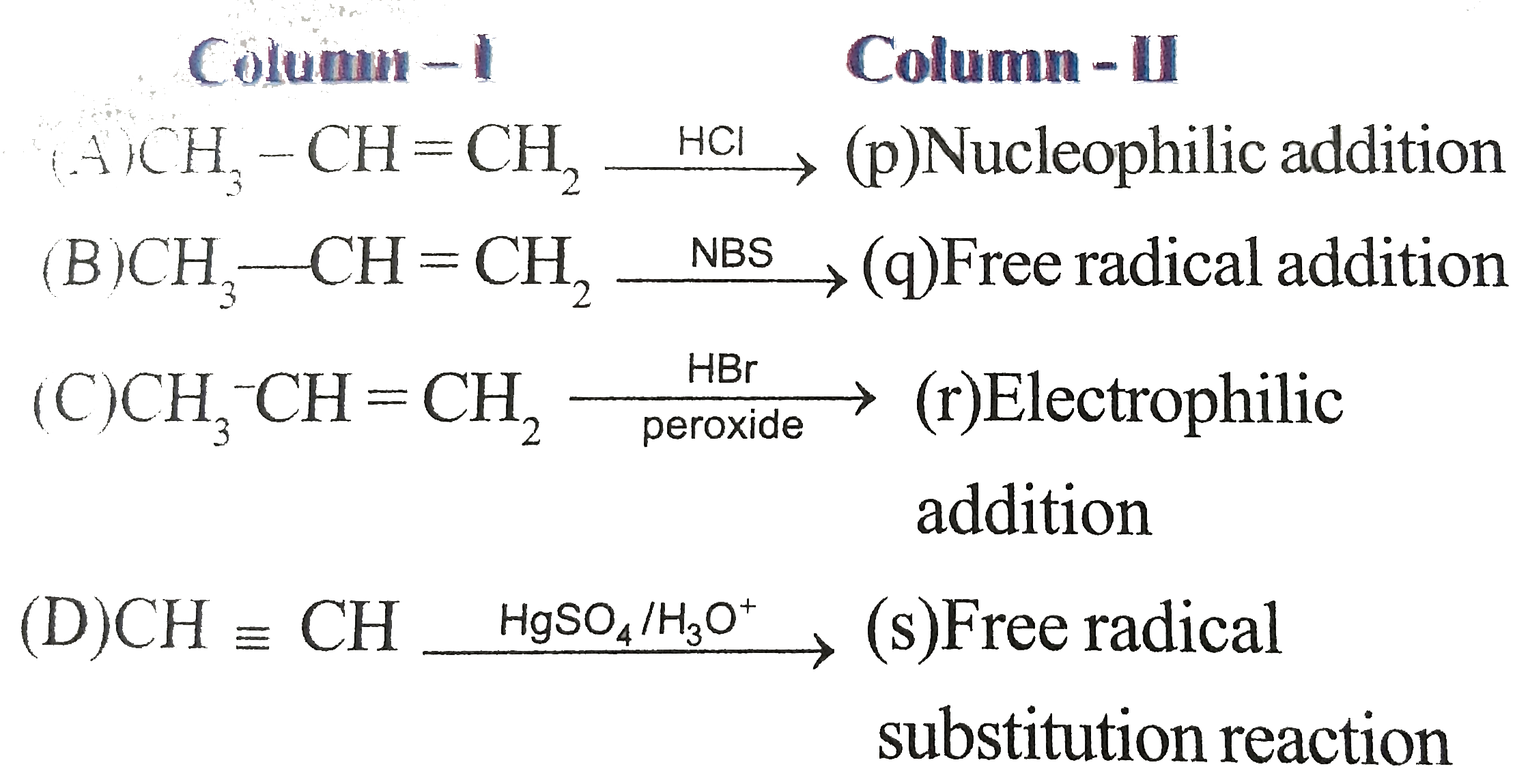 Mathc the column
Mathc the column
View Solution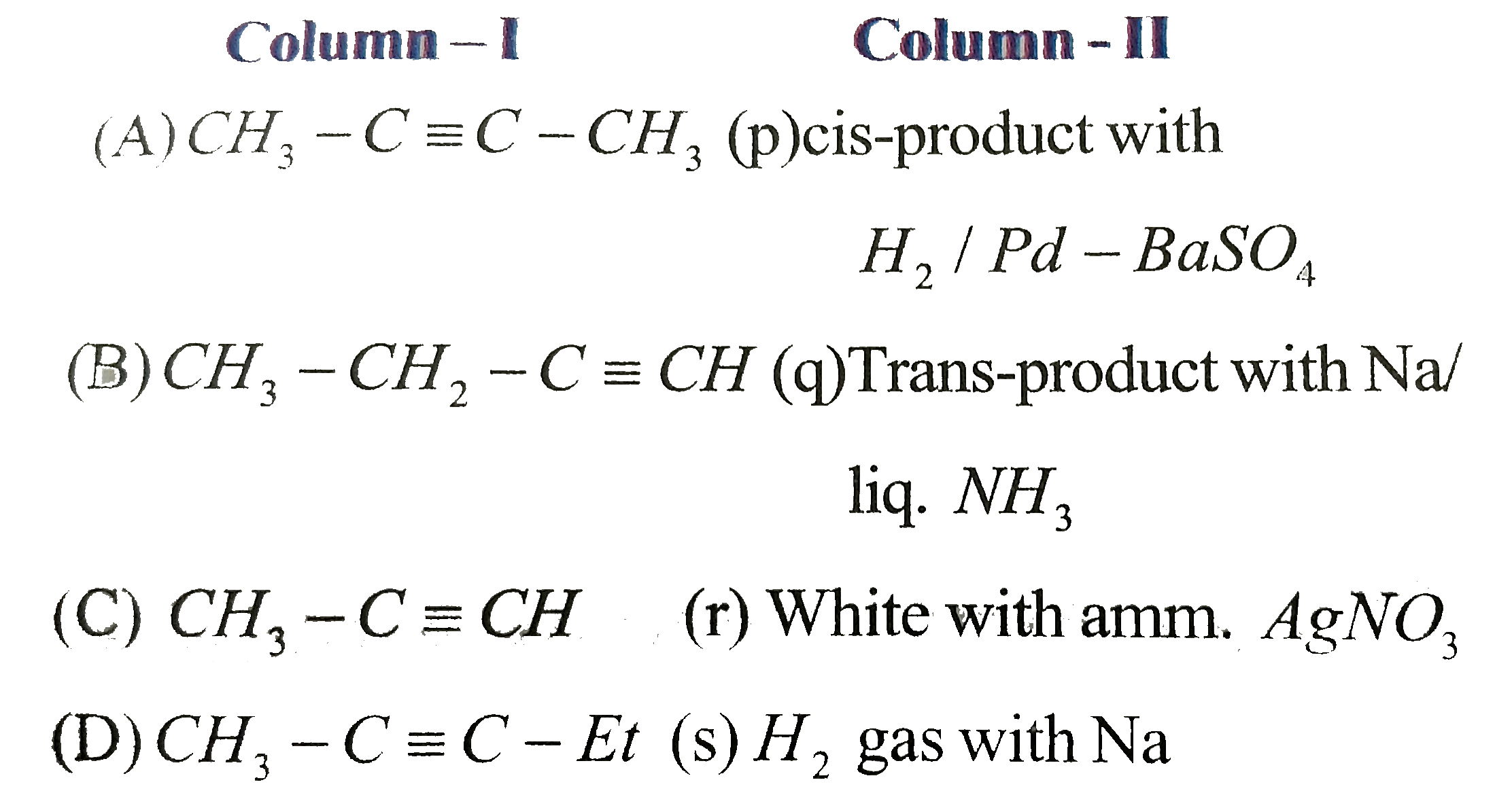 Match the column .
Match the column .
View SolutionOne mole of 1,2-dibromopropane on treatment with X moles of `NaNH_(2)` followed by treatment with ethyl bromide gave a pentyne. The value of X is:
View Solution
Level-5 questions and complete solutions for chapter ALKYNES of NARAYANA CHEMISTRY (HINGLISH) of Class 11